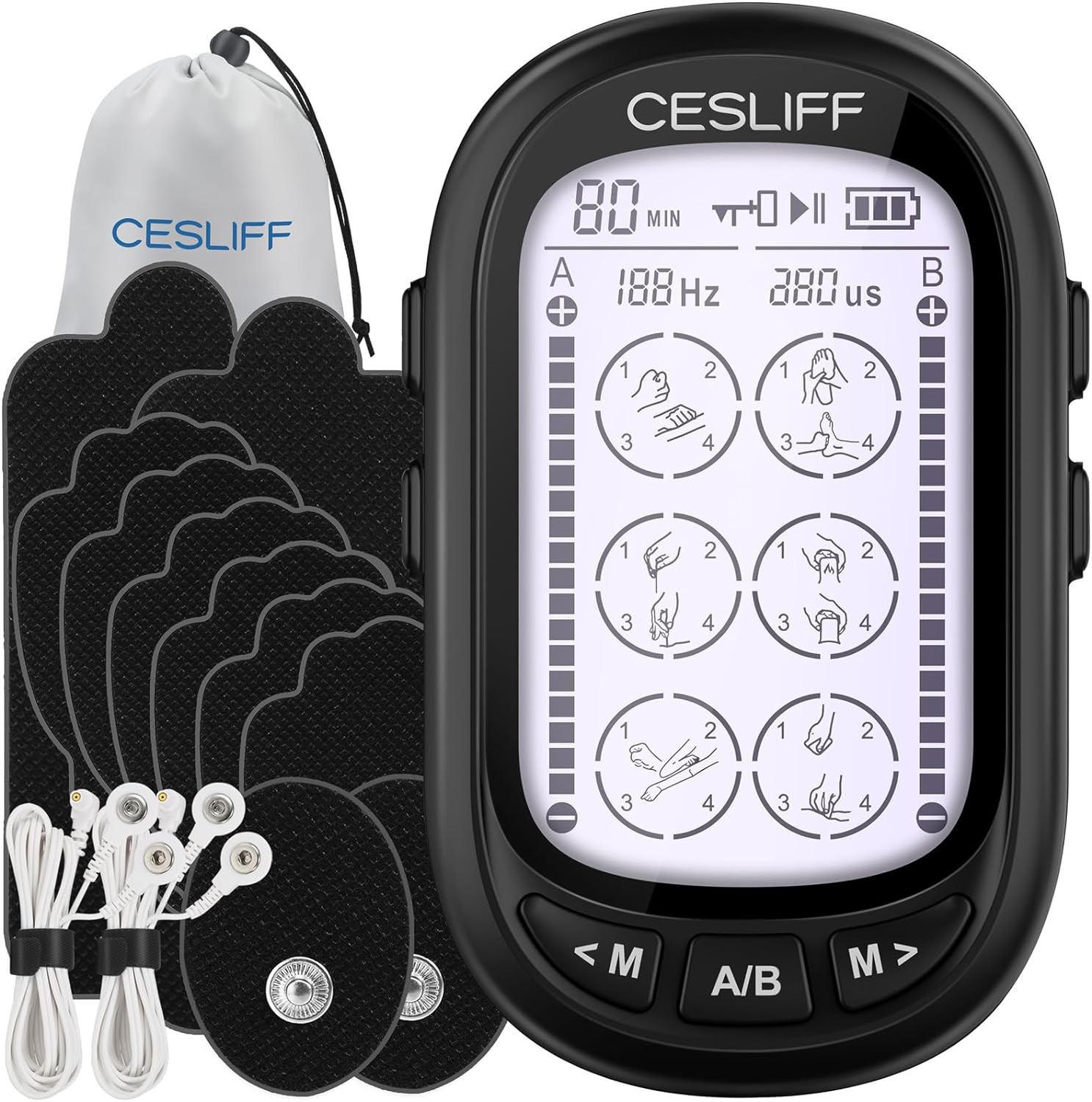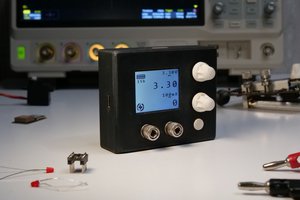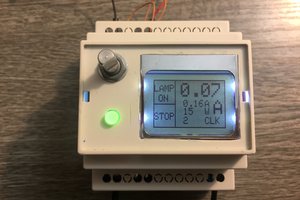Wheelchair users like myself can suffer from many health ailments resulting from poor blood flow and muscle stimulation from a lack of walking and movement.

(scroll down for source links in the image)
This is a great list Ezzaddin put together of some of the health ramifications resulting from varying types of physical limitation.
TENS units use low-voltage / current electricity to stimulate muscles in the body. This improves bloodflow and also can help relieve pain.
Inferential Current Therapy ("IFC") devices also work in a similar way, but are set to output at fixed frequencies of 400 and 4,000hz to travel through the body with less resistance, reaching deeper muscle groups.
Current budget market devices have various drawbacks:

- Gels and adhesive pads placed on the body, which can be messy and a hassle to clean
- Often confusing user interfaces (UI) with poor readability and explanation of functions
- Little or no adjustable parameters that correspond to actual voltage values and power levels (usually display just shows a number).
- Little citations or literature to inform user / patient of best use-case methods
- Black and white simple screens with buttons only
- Few units offer feedback for user / patient modification and system reporting of how effective the pad placement is.
- AA batteries instead of modern USB rechargeable options
- Lack of options can lead to many frustrating and even painful outcomes for users / patients. People need as much control and info as possible when shooting electricity through their bodies!
Options for improvement are:
- Jog dial / rotary encoder for menu options and detailed user controls
- Temperature and voltage feedback system for realtime pulse condition monitoring
- OLED display (like the SSD1306) for better visability and menu options (or a touch display or LCD for full color).
- Rechargeable USB battery
- Strap mounted pads without gels or adhesives, or other wearables
It will be interesting to explore what improvements can be made. I'm planning to take apart my current TENS unit and reverse engineer it to learn more!
Works Cited:
Erikson, A., & Wheelock, E. (2014, November 26). Health challenges we face as wheelchair users. Retrieved June 08, 2021, from https://www.rollingwithoutlimits.com/view-post/Health-Challenges-That-All-Wheelchair-Users-Will-Need-to-Overcome
Healthcare, K. (2021, May 13). XO-505 standing wheelchair w/ multiple power functions. Retrieved June 08, 2021, from https://www.karmanhealthcare.com/product/xo-505/
Krawczyk, M., & Antosik-Panek, M. (2018). Blumil – Smart Electric Wheelchair that Overcomes Obstacles. Ergonomics For People With Disabilities, 47-56. doi:10.2478/9783110617832-005
Smit, C. (2013, July 02). Gluteal blood flow and oxygenation during electrical stimulation-induced muscle activation versus pressure relief movements in wheelchair users with a spinal cord injury. Retrieved June 09, 2021, from https://www.nature.com/articles/sc201366
Society, T. (2018, August 21). Simple leg exercises could reduce impact of sedentary lifestyle on heart and blood vesselsThe. Retrieved June 08, 2021, from https://www.sciencedaily.com/releases/2018/08/180821094203.htm
Studios, T. (2021, March 03). What you should know about the dangers of poor circulation. Retrieved June 08, 2021, from https://www.haymsalomonhome.com/know-about-dangers-of-poor-circulation/
U. (2018, January 26). Blood Pressure Readings Explained. Healthline. Retrieved June 08, 2021, from https://www.healthline.com/health/high-blood-pressure-hypertension/lower-it-fast
Unknown, U. (2018). The dangers of sitting: Why sitting is the new smoking. Retrieved June 08, 2021, from https://www.betterhealth.vic.gov.au/health/healthyliving/the-dangers-of-sitting...
Read more » CriptasticHacker
CriptasticHacker
 Simen Sollihøgda
Simen Sollihøgda
 mircemk
mircemk
 YJ
YJ